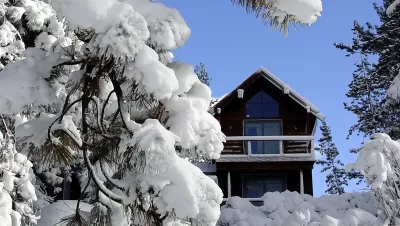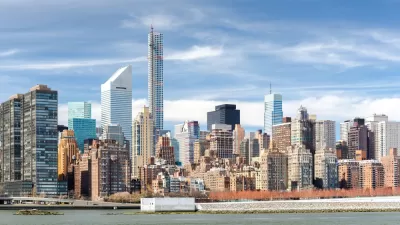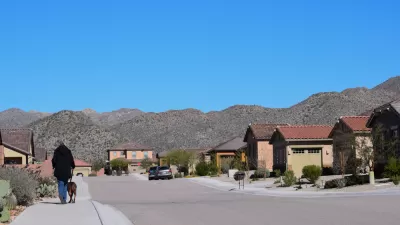Half of the nation's second homes are found in nine states, according to recent data analysis by the National Association of Home Builders, and building is likely to increase in vacation areas soon, according to one expert.

Na Zhao provides analysis and data for the National Association of Home Builders (NAHB) about the number nd location of second homes in the U.S. real estate market. While this report doesn't begin to speculate on how the COVID-19 pandemic and its effects might alter the second home market, it does provide the most recent available data (2018) about the geographic spread of second homes prior to the outbreak of the pandemic.
Here Zhao provides a summary of the data:
According to NAHB estimates, the total count of second homes was 7.5 million, accounting for 5.5% of the total housing stock in 2018, the most recent data available. As of 2018, the state with the largest stock of second homes was Florida (1.1 million), accounting for 14.5% of all second homes. South Dakota had the smallest stock, approximately 20,000 second homes, among all 50 states. Half of the nation’s second homes can be found in nine states: Florida, California, New York, Texas, Michigan, North Carolina, Arizona, Pennsylvania, and Wisconsin.
Zhao teases out more geographic distinctions and also notes one potentially surprising finding in the data: the concentration of second homes is not limited to conventional locations like coastal areas. "There were 932 counties spread over 49 states, where second homes accounted for at least 10% of the local housing stock," according to Zhao.
For some informed speculation about how these figures might change, Robert Dietz, chief economist for the NAHB, tweeted a prediction that home building is likely to increase in traditional vacation markets.
We'll have more on home building in traditional vacation markets soon (a part of the changing geography of housing demand analysis), but here's the benchmark data using the ACS. We classify 5.5% of the housing stock as vacation homes: https://t.co/MT5fuompum pic.twitter.com/s0GhwFPOyF
— Robert Dietz (@dietz_econ) October 16, 2020
FULL STORY: Nation’s Stock of Second Homes

Planetizen Federal Action Tracker
A weekly monitor of how Trump’s orders and actions are impacting planners and planning in America.

Congressman Proposes Bill to Rename DC Metro “Trump Train”
The Make Autorail Great Again Act would withhold federal funding to the system until the Washington Metropolitan Area Transit Authority (WMATA), rebrands as the Washington Metropolitan Authority for Greater Access (WMAGA).

DARTSpace Platform Streamlines Dallas TOD Application Process
The Dallas transit agency hopes a shorter permitting timeline will boost transit-oriented development around rail stations.

Renters Now Outnumber Homeowners in Over 200 US Suburbs
High housing costs in city centers and the new-found flexibility offered by remote work are pushing more renters to suburban areas.

The Tiny, Adorable $7,000 Car Turning Japan Onto EVs
The single seat Mibot charges from a regular plug as quickly as an iPad, and is about half the price of an average EV.

Supreme Court Ruling in Pipeline Case Guts Federal Environmental Law
The decision limits the scope of a federal law that mandates extensive environmental impact reviews of energy, infrastructure, and transportation projects.
Urban Design for Planners 1: Software Tools
This six-course series explores essential urban design concepts using open source software and equips planners with the tools they need to participate fully in the urban design process.
Planning for Universal Design
Learn the tools for implementing Universal Design in planning regulations.
Municipality of Princeton
Roanoke Valley-Alleghany Regional Commission
City of Mt Shasta
City of Camden Redevelopment Agency
City of Astoria
Transportation Research & Education Center (TREC) at Portland State University
US High Speed Rail Association
City of Camden Redevelopment Agency
Municipality of Princeton (NJ)





























